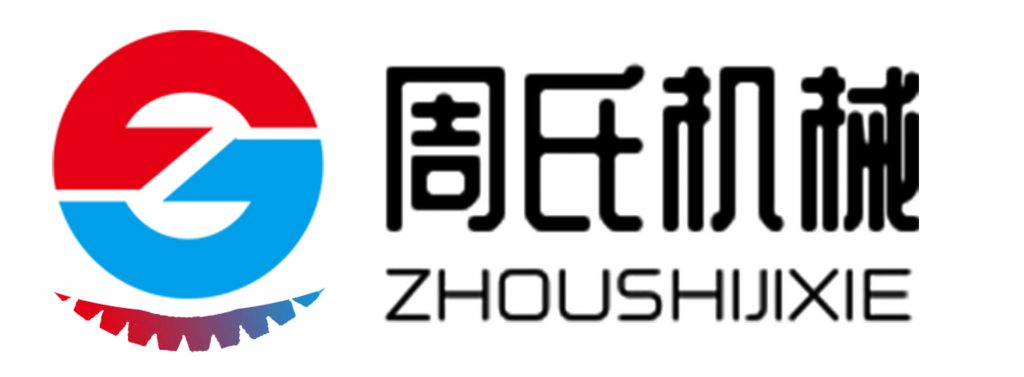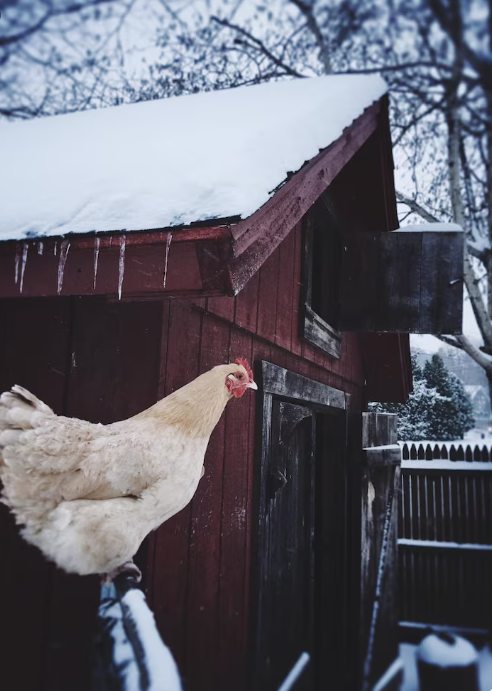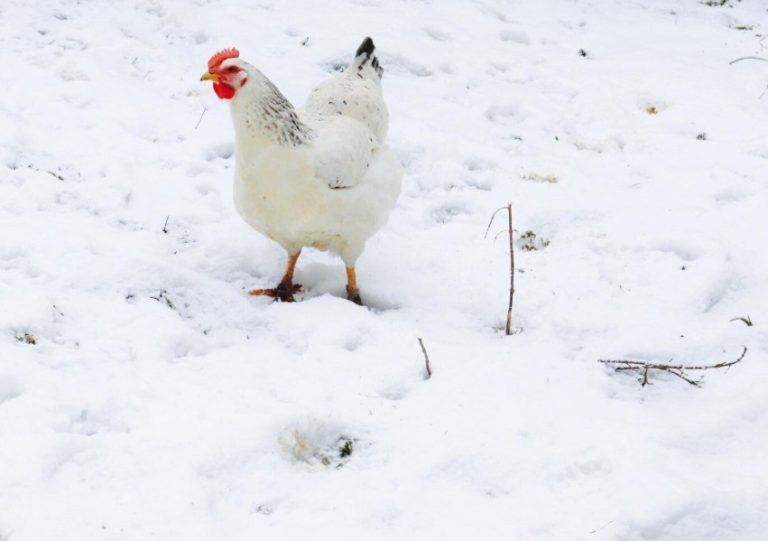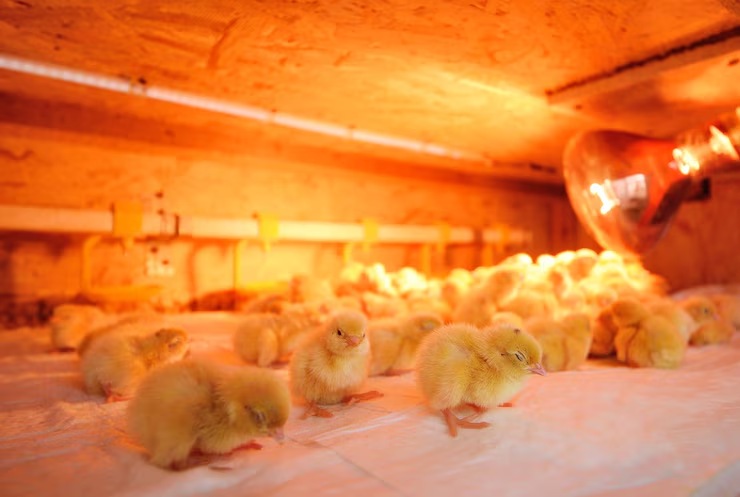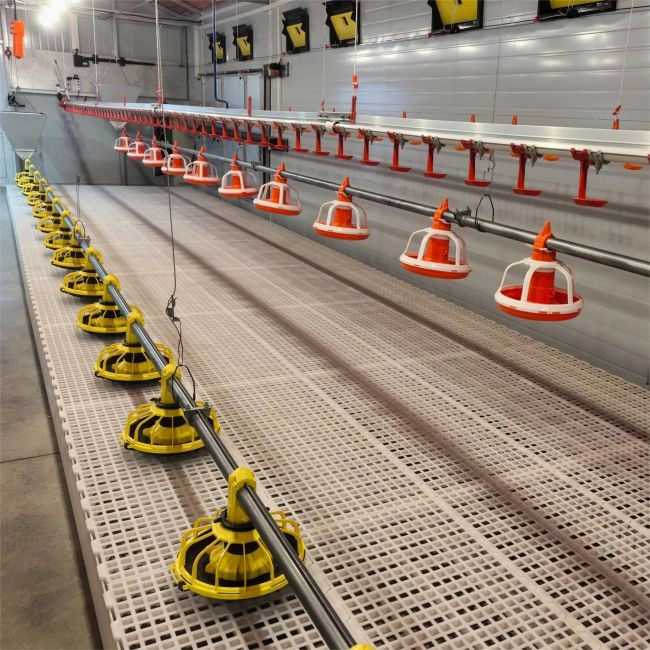
Nutritional Needs for Healthy Poultry
Protein Levels
Protein is a significant part of avian nutrition. It affects feather condition, growth, and overall health. First-rate protein materials like fishmeal, soybean meal, and plant materials play a vital role. They have a suitable amino acid balance. Amino acids such as methionine and lysine play a specific major role in energy metabolism and muscle growth. Modify protein levels as per bird stage and age in order to impart optimal chicken development. Younger chicks usually have more protein content diets compared to adult layers or breeders.
Vitamins & Minerals
Vitamins and minerals also need to be kept in balance for poultry to be healthy and productive. Calcium and phosphorus constitute solid bone and good eggshell in layer birds. Small amounts of minerals like zinc, manganese, and selenium keep immunity and reproduction intact. Vitamins A, D3, E, and B-complex take part in metabolism, vision, skin, and energy production. Lack of any one of these lowers performance or predisposes birds to disease.
Tailored Recipes
Custom feed mixes meet the needs of specific poultry types, growth phases, or production aims. For instance, broilers need calorie-rich diets for quick weight gain in a short time. Layers, however, thrive on calcium-packed feeds for steady egg-laying. Personalized feed plans help farmers maximize nutrient use while cutting waste and costs.
Ingredient Standards and Safety
Natural vs. Man-Made Additives
The choice between natural and synthetic additives in poultry feed keeps shaping how the industry works. Natural options like probiotics, prebiotics, and essential oils improve gut health and fight disease without leaving antibiotic traces. Synthetic additives, such as vitamins or amino acids, deliver exact nutrients. Yet, they might miss the broader perks of natural choices.
Anti-Nutritional Elements
Anti-nutritional factors (ANFs) in feed can block nutrient uptake or upset digestion in poultry. Common ones include tannins, phytates, and trypsin inhibitors in raw soybeans or grains. Proper steps like heat treatment or adding enzymes can lessen these issues. This ensures birds get the full benefit of their diet.
Openness in Sourcing
Clear info about where feed ingredients come from builds consumer trust. It also ensures food safety rules are followed. Farmers should choose suppliers who share details on ingredient sources, processing, and quality checks. This boosts product dependability and backs eco-friendly farming habits.
Feed Production Tech and Rules
Improved Processing
Advanced methods like pelleting, extrusion, or crumbling boost feed digestion and cut waste at feeding time. Pelleting breaks complex molecules into simpler ones, making nutrients easier to absorb. Plus, heat during pelleting lowers germ risks.
Certifications
Certifications like ISO9001 or HACCP show strict quality control in feed-making. These badges assure buyers of safe, steady feed products. They also help meet global trade standards.
New Ideas
New feed ideas include using protein from insects or algae to rely less on soybean meal or fishmeal. Special enzymes improve nutrient breakdown and lessen environmental harm from undigested leftovers.
Cost Savings and Returns
Balancing Cost and Quality
In poultry farming, striking a balance between cost and quality is crucial for making money. The ideal feed has to deliver essential nutrients for great growth without breaking the bank. Fancy feed might seem pricey upfront. But it can improve health, cut down on losses, and boost production. On the flip side, bargain feeds might lack proper nutrition. That can stunt growth or spark health issues, piling on vet costs.
Farmers should pick feeds with a solid mix of proteins, vitamins, minerals, and energy that match their flock’s demands. Look at broiler chickens, for example. They need diets loaded with calories and lots of protein to pack on weight fast. Feeds with top-notch ingredients like soybean meal or fishmeal tend to spark better growth and keep birds in good shape.
Feed Conversion Ratio (FCR)
The feed conversion ratio (FCR) is a big deal for checking feed value. It shows how much feed it takes to gain a unit of weight in poultry. A lower FCR means better efficiency—less feed for more growth. High-quality feed with rich nutrients can greatly improve FCR. This cuts feeding costs.
For instance, feeds with key amino acids like lysine and methionine boost muscle growth and energy use, affecting FCR directly. Adding probiotics or enzymes can also improve gut health and nutrient uptake, making feed use even better.
Bulk Buying & Storage
Buying in bulk is a smart way to lower feed costs without losing quality. Large orders often get supplier discounts, which helps bigger farms save. Good storage keeps bulk feed nutritious. Store it in cool, dry spots to avoid spoilage or pests.
Spending on storage like silos or sealed bins preserves feed quality over time. Farmers should check stored feed often for mold or damage to keep it safe and effective.
New Feeding Systems for Poultry Care
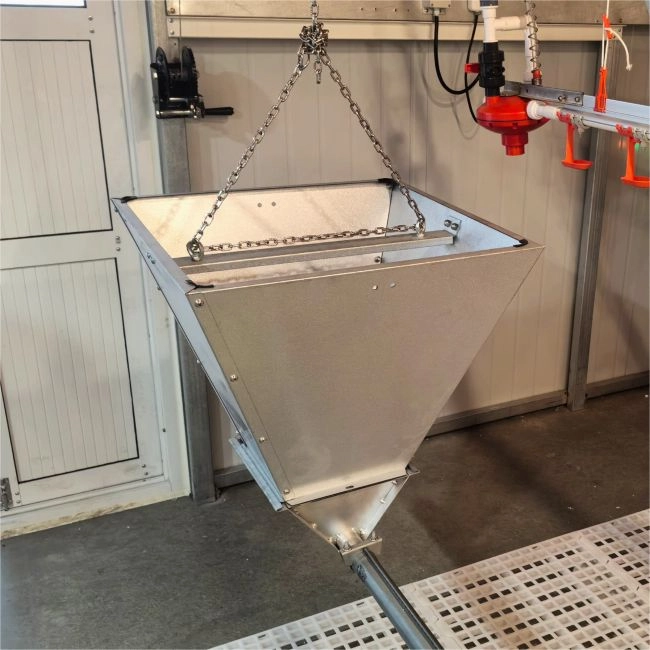
Zeus’ Cage-Free Feeding System
New cage-free feeding systems have changed poultry care by boosting efficiency and bird welfare. One standout is cage-free feeding system from Zeus, made for ground-raised broilers and turkeys.
It uses tough materials like hot-dip galvanized pipes for durability and rust resistance. The setup has a 45 mm feed pipe and a 22 mm square pipe waterline for smooth feed and water delivery. It works underground, keeping bird movement free and hygiene high. It supports 10–12 birds per square meter, fitting medium to large farms.
Certified under ISO9001, it meets tough quality standards in production. With a daily output of 1000 sets and an 8–10-year lifespan, it’s a solid long-term choice. It cuts upkeep costs and is sold wholesale.
Customization is an option, letting farmers tweak it to their needs. Made in China, this flexibility suits various farm setups while pushing sustainable poultry practices. You can contact us if you have any needs.
FAQ
Q: What nutritional components are critical in poultry feed?
A: Prioritize feeds with balanced protein, energy (from carbohydrates/fats), vitamins (e.g., A, D, E), and minerals (e.g., calcium, phosphorus). For example, starter feeds for chicks require higher protein (20-24%), while finisher feeds may focus on energy for weight gain.
Q: How does poultry age/stage affect feed selection?
A: Chicks (0-4 weeks): High-protein starter feeds to support rapid growth.
Growers (4-8 weeks): Transition to grower feeds with moderate protein and energy.
Broilers/Layers (maturity): Use finisher feeds or layer-specific formulas with calcium for eggshell quality.

